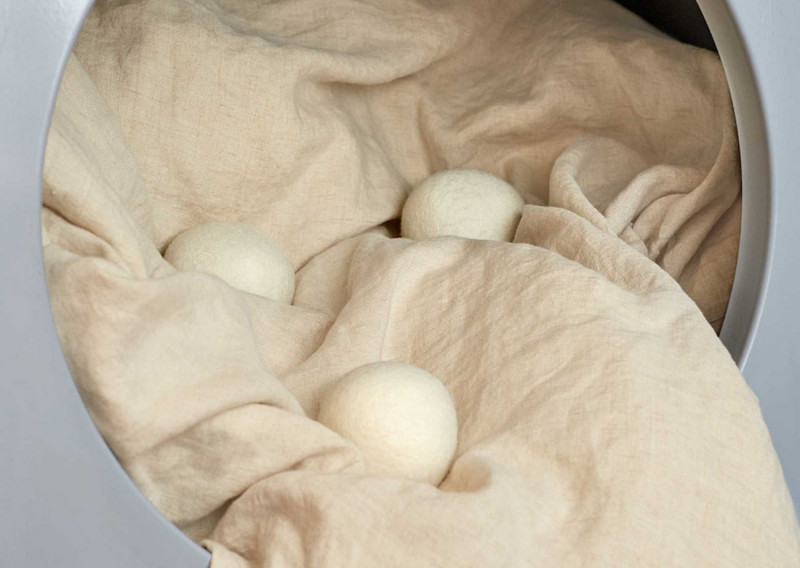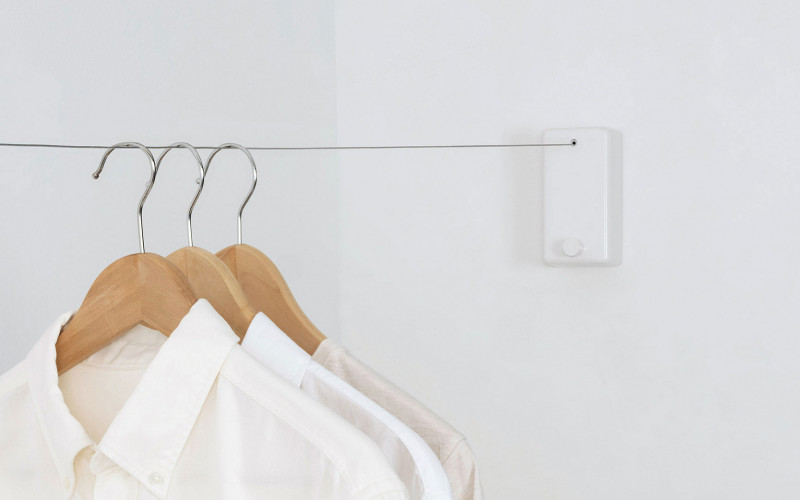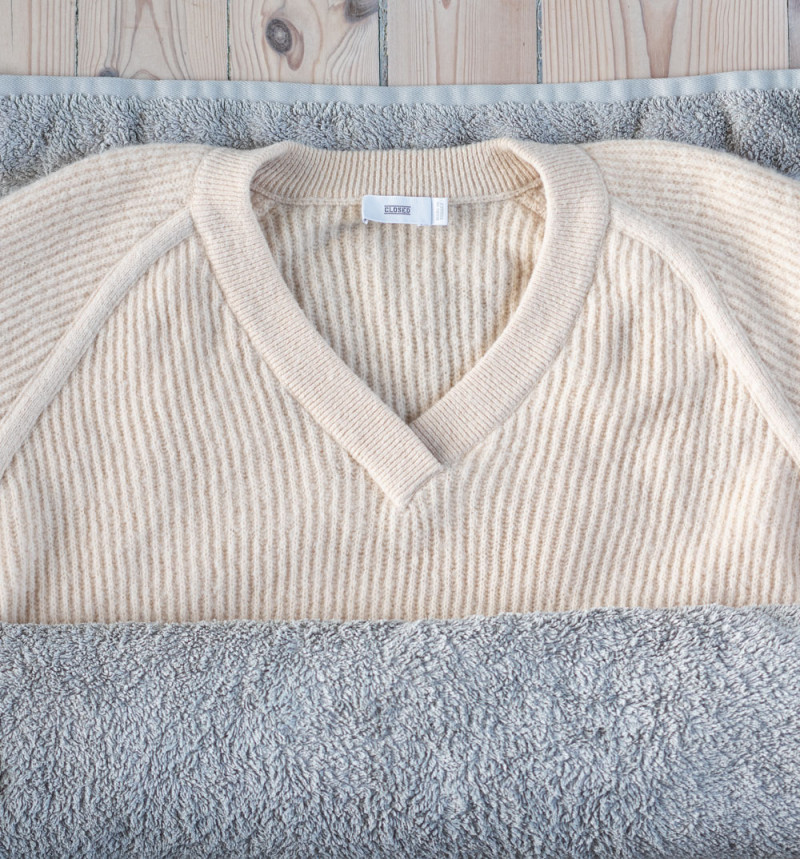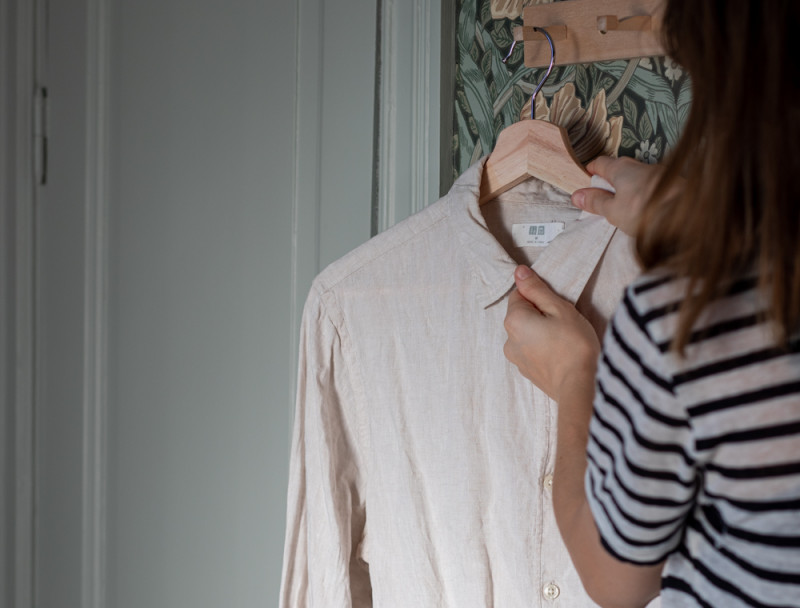Drying Bed Linen
Bedlinen and towels are most often made of cotton and are best dried hanging on a clothesline. Pure cotton can be spin-dried on a maximum cycle, so even large sheets will dry pretty fast. Many prefer to tumble dry bed linen, but we consider that tumble drying an emergency solution if there isn’t enough space. Towels will be softer after being tumble dried, but they will also lose color and durability, From an environmental perspective hang-drying is preferred. After they’ve dried you can give them a proper squeeze to soften them a bit.
Drying Training Clothes and Functional Wear
Some training clothes made of synthetic fabrics will dry fast even if they’re soaking wet. This is the case with for instance polyester. Stretchy training clothes will keep their shape better if they’re dried hanging, but training clothes without stretch can be dried in the tumble dryer. Hardshell jackets and kids overalls will dry best hanging in a drying cabinet, as it will reactivate the impregnation.
The Pro’s and Con’s of the Tumble Dryer
The tumble dryer's great advantage is that it dries your laundry fast and will free your living room from an ugly drying rack. Another thing to consider is that the indoor environment does not thrive with damp clothes hanging here and there. This is a problem if you don’t have access to a laundry room. Mildew is an unwanted consequence if the ventilation is poor and you’ve made a habit of hanging damp clothes inside to dry.
The obvious downside with the tumble dryer is that the heat and movement is not good for most fabrics. The “fuss” you have to remove from the tumble dryer is actually textile fibers, ripped prematurely from the fabric. Not “excess-fibers” that some say. Tumble dry sensibly, meaning less often or only if you're left with no other choice. Expect that frequently tumble dried clothes will shrink, lose their fit, color and durability.
Some Final Notes on Humidity and Drying Clothes
To maintain a good level of humidity indoors while drying clothes, you can benefit from a dehumidifier. It’s an electrical appliance that reduces the humidity indoors. The Swedish Energy Agency has researched and tested a multitude of dehumidifiers and found that they differ quite a bit in performance. It's well worth doing a bit of research before investing in one.




